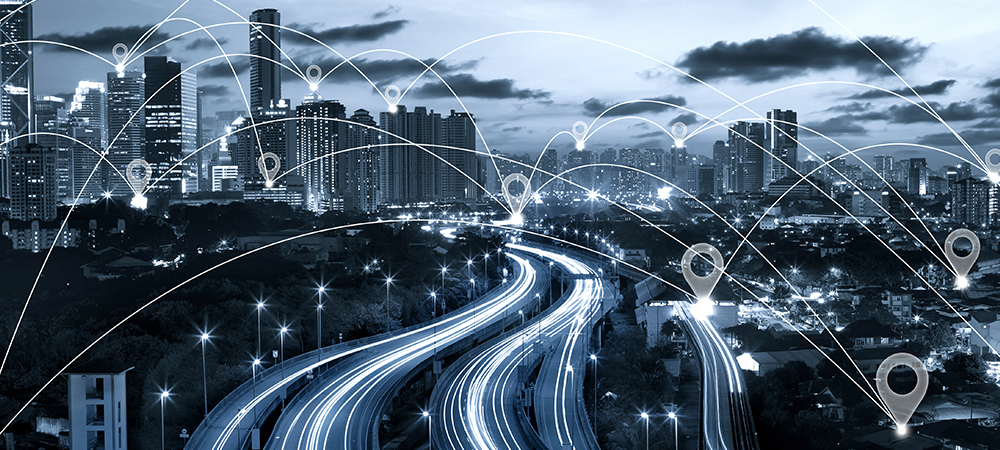Where is Location-based Marketing Today?
For marketers to succeed at location-based marketing, they need to create “ownable experiences” where a brand can uniquely help people in the context of the moment. Anticipating what a customer intends to do will become just as important as knowing what they have done in the past.

Now that almost three quarters of the adult population in North America have a smartphone, people are spending more than half their time online using mobile apps, and conducting more searches from their phone than their desktop PC or laptop. Yet marketers struggle to connect with mobile users, mostly because they fail to take advantage of the rich location data available through geotracking. A targeted coupon or discount is always welcome – but only if it meets the individual needs of a customer at the right time, in the right place.
Here’s the problem: most marketers confuse local marketing, which involves attracting customers to a specific location through an offer of some kind, with location-based marketing, designed to help customers discover and explore nearby places of interest.
Some common mistakes marketers make when deploying mobile marketing campaigns:
- Treating the phone like a sales channel, blindly pushing out promotional notifications (or worse, “screen takeover” ads).
- Failing to make the offer worth the time and effort to redeem it.
- Over-complicating the offer with too many restrictions and stipulations.
- Bombarding the customer with too many offers in the hope one will stick.
- Thinking location intelligence is enough to deliver a meaningful offer.

That final point is crucial. A location-based campaign isn’t about creating a mobile ad based on proximity alone. It’s about delivering a relevant message at a moment in time based on inferred or explicit intent. It’s also about making the mobile experience entertaining and involving – just as the mobile app company Foursquare set out to do in 2009.
In those early days of location-based marketing, Foursquare was a pioneer in “gamifying” the mobile experience (“making a game of life”), inviting users to check in often enough at a venue to become crowned “mayor”. Participating businesses could then treat those frequent visitors differently, like offering them bonus discounts. The problem, however, was that habitual visitors would always have the upper hand, making the game appear unwinnable to the occasional user.
Foursquare eventually ported the social gaming functionality to a different platform called “Swarm” to simplify the experience and limit the game participants to a user’s personal network(instead of having to play against all app users). Meanwhile, its legacy check-in platform was converted to a mobile “city guide”, which lets users search for places of interest in their surrounding area. The app serves up personalized recommendations based on past visits, preferences, venue ratings and reviews from friends, while also providing “tips” on what to do or see. All very helpful – just missing the original addictive dimension of playing a social game.
Yet the future of location-based marketing will depend, in part, on the ability to integrate a gaming layer with relevant and helpful content at an “ownable” point in time. As Forrester Research says, “Owned mobile moments are the moments of truth when a customer pulls out a mobile device to get what he wants, immediately, in his moment of need.” Customers will gladly share personal data and location if they are confident the information will be put to good use, making life easier and more convenient, whether that’s researching a product in-store, booking a reservation someplace or checking out local events and venues.

For location-based marketing to fulfill its true potential, marketers need to shift their strategic focus from pushing out targeted offers to offering customers help.
Once a brand earns the right to become a go-to app (like Foursquare), it’s important to keep customers engaged by challenging them in playful ways. Pokémon Go’s “Pokémania” was a compelling example of immersive social gaming using augmented reality to create a captivating experience (albeit for entertainment purposes). It drew users out of their homes to compete in public venues, banding together for tournament events.
Gaming can also be used to reward frequent interaction through recognition badges; to confer special status for progressive engagement (like responding to multiple surveys, or submitting a certain number of reviews); or to encourage community interaction (such as crowd-voting).
Developing a more engaging (and addictive) mobile experience means that marketers need to think about how to serve customers on-the-move. To make the app a true pocket utility, location data must be combined with individual preferences, known needs and past behavior, turning the branded app into a valuable personal concierge.
For location-based marketing to fulfill its true potential, marketers need to shift their strategic focus from pushing out targeted offers to offering customers help. Anticipating what a customer intends to do will become just as important as knowing what they have done in the past. And adding a bit of exploration and fun to the experience will make it that much more addictive and motivating.